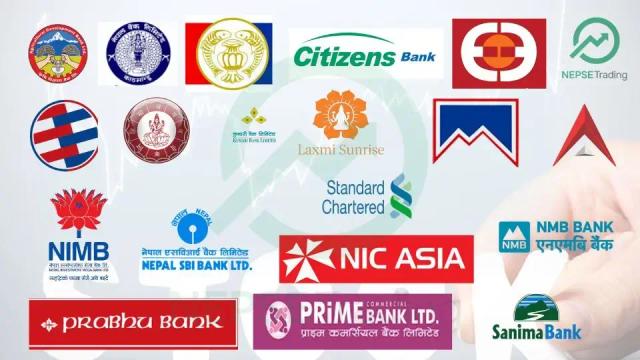Remittance Hits Record High in Ashoj, Over NPR 200 Billion in a Single Month
Author
NEPSE trading

Remittance inflow to Nepal has reached an all-time high in the month of Ashoj, with over NPR 201.22 billion entering the country in just one month. According to the data released by Nepal Rastra Bank, this is the highest monthly remittance inflow ever recorded in Nepal’s history. The sharp rise is largely attributed to festival-season transfers for Dashain, Tihar and Chhath, when Nepalis abroad typically send more money home.
In the same month last year, Nepal had received NPR 144.17 billion in remittances. This year’s Ashoj flow has far surpassed that figure, indicating a significant increase in the amount sent by migrant workers. Analysts note that rising foreign employment, higher earnings abroad and seasonal household demand have collectively boosted the inflow to record levels.
Before this, the highest single-month remittance was recorded in Asar, when NPR 189 billion entered the country. Similarly, remittance inflow in Bhadra stood at NPR 174.67 billion, indicating that the past several months have seen consistently high remittance levels. This continued momentum has supported Nepal’s foreign exchange reserves and strengthened overall external stability.
In the first three months of FY 2082/83, the country has already received NPR 553.31 billion in remittances. This represents a 35.4 percent increase compared to the same period last year, when remittance growth was only 11.9 percent. In US dollar terms, remittance inflows rose by 29.2 percent, reaching USD 3.94 billion, further confirming strong migrant income inflows.
Likewise, net secondary income (net transfers) has reached NPR 610.61 billion, up from NPR 443.76 billion in the same period a year earlier. This rise reflects both higher remittances and stronger private transfers, reinforcing their importance to Nepal’s income structure.
Foreign employment numbers also help explain the surge. During the review period, 123,459 Nepalis received new final labour approvals, while 77,257 obtained re-entry approvals. Both categories show a notable increase from last year’s figures of 110,654 and 59,939 respectively. The sustained outflow of Nepali workers continues to fuel the remittance-driven economy.
Nepal remains one of the world’s top ten countries in terms of remittance inflow relative to the size of the economy. With remittance again reaching historic highs this year, Nepal’s dependence on migrant earnings has deepened further. While this provides substantial support to foreign reserves and household incomes, economists caution that long-term reliance on foreign labour poses structural risks for employment, productivity and sustainable growth within the country.


